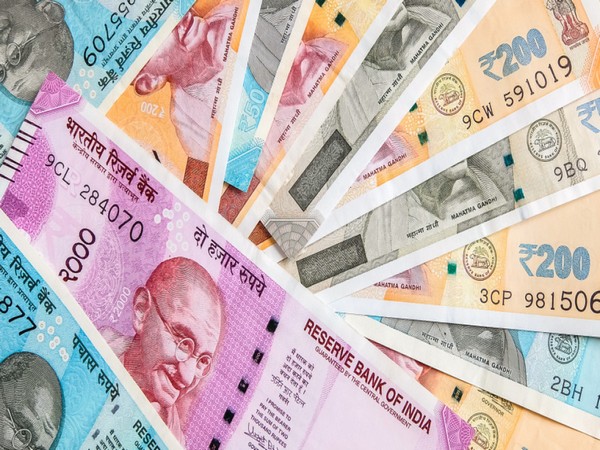Rupee under Pressure: Foreign Outflows, Crude Oil Costs Weigh Heavy
The Indian rupee faces ongoing challenges as it edges closer to its record low against the US dollar amidst robust dollar demand, high crude oil prices, and significant foreign outflows. Experts highlight the RBI's interventions, but concerns linger about geopolitical tensions and tightened US monetary policies.

- Country:
- India
The Indian rupee continues its declining trajectory, trading at 84.41 against the US dollar. This level, not far from its record low of 84.48, underscores persistent challenges tied to strong dollar demand, high crude oil prices, and substantial foreign institutional outflows.
Ajay Kedia, Director of Kedia Advisory, emphasized the rupee's fall, attributing it to intense foreign outflows and rising crude costs. "Heightened dollar demand, geopolitical tensions, and the prospect of tighter US monetary policies have compounded these challenges," he explained.
The Reserve Bank of India (RBI) has intervened to manage market volatility, providing some stability. However, experts expect the rupee to remain in the range of 84.05-84.70, with key support at 83.90 and resistance at 84.70, according to Jateen Trivedi of LKP Securities.
Amid a stronger dollar, emerging market currencies, including the rupee, face increased pressure. India's currency has depreciated as US monetary policies tighten, global volatility persists, and geopolitical events unfold.
While the RBI's efforts offer some relief, analysts suggest further intervention may be necessary if the dollar's upward trend persists. Notably, the rupee's depreciation is less severe compared to currencies of developed nations like the Euro, pound sterling, or Chinese Yuan.
(With inputs from agencies.)
ALSO READ
Russian Rouble Rises Amidst Geopolitical Tensions
Rouble Rises Amid Geopolitical Tensions and Economic Hopes
Retail Inflation Hits Seven-Month Low: Impact on RBI's Monetary Policy
Ceasefire Conundrum: Putin Signals Support Amid Complex Geopolitical Tensions
Global CEOs Gravitate to Beijing Amid Geopolitical Tensions










